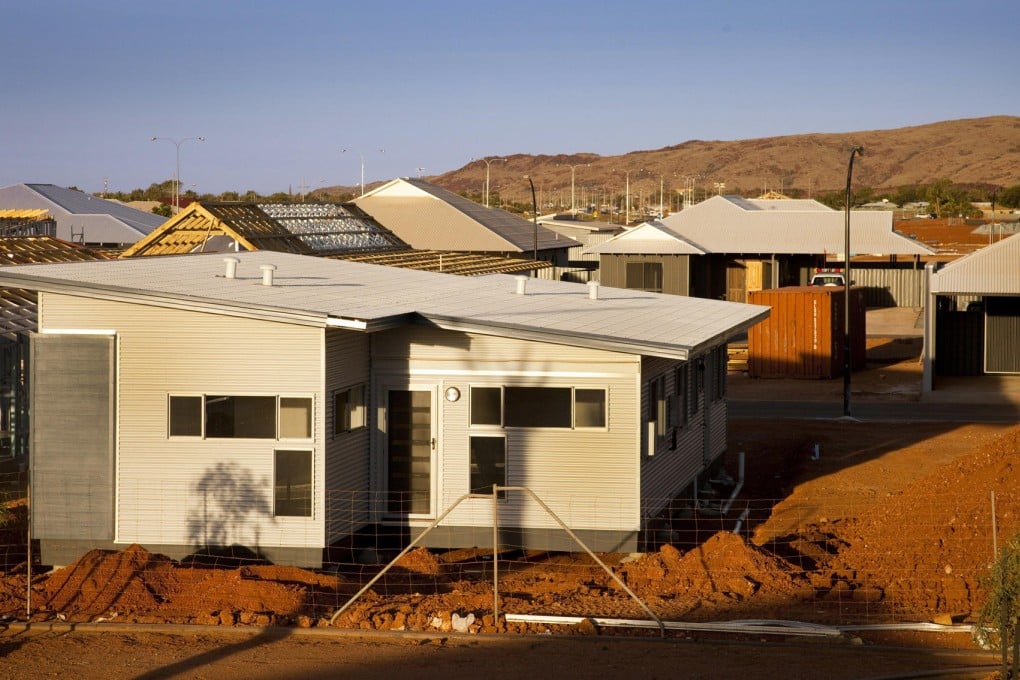Australian mining town house prices affected by coal industry
Growth in many Australian towns are tied to the mining boom

It's not just underground resources that drive prospectors to mining towns. Mines need workers, and workers need housing - so the mother lode for property investors in Australia's resource-rich mining states such as Western Australia and Queensland is staggeringly high rental yields, and low or even zero vacancy rates. Which is all very well while the sector booms, which it seemingly did for a long time, in one part of the country at least.
But as fortunes are made in mining towns, they can just as easily be lost. It's Queensland's turn, as plummeting prices of the state's prime export, coal, cause mining companies to rationalise their businesses, and lay off staff en masse. For places such as Moranbah, a remote central Queensland town built on coal in the early 1970s, when there's no work, townsfolk leave.
Agents speak of home prices crashing to a third of their peak just a few years ago - of rentals plummeting, and hundreds of homes lying empty. At the height of the mining boom, Moranbah real estate agents did not have a rental property to spare. Now, there are an estimated 300 vacant properties for a town which during the best of times had a population of less than 9,000.
The spin-off extends 200km north, where the regional city of Mackay has the highest rental vacancy in the state, at 8.4 per cent, according to Real Estate Institute of Queensland (REIQ) data. Farther afield, property markets in Gladstone, Rockhampton and Townsville have been similarly affected.
REIQ Mackay zone chairman Peter McFarlane says the downturn in coal prices has also come at a time when the industry is transitioning from a construction to production phase, which runs on a leaner workforce. "Initially, [mining companies] retrenched a lot of construction workers, and when coal prices dropped dramatically, some of the older, outdated mines, which were no longer cost-effective, were mothballed," he says. "When coal prices rise again, those mines, which cost billions of dollars to build, can reopen at short notice."
The controversial move by some mining companies to adopt a totally fly-in, fly-out (FIFO) workforce put further pressure on jobs locally.